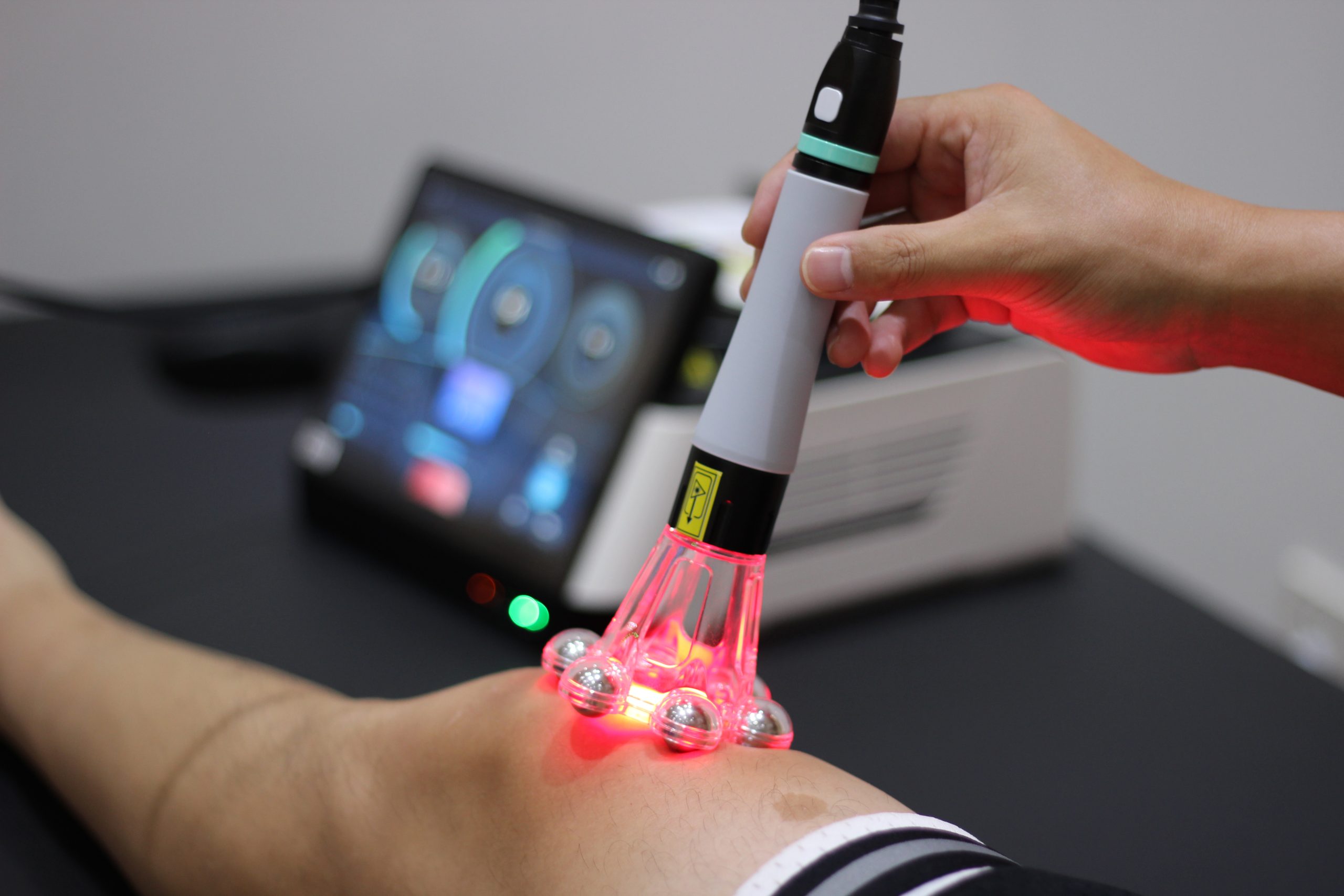The Therapeutic Effects of Laser Therapy Instruments on Post-operative Wound Pain
Post-operative wound pain is one of the important factors affecting patient recovery. Laser therapy can effectively relieve post-operative wound pain and promote patient rehabilitation.
Low-level laser can directly act on damaged tissues, inhibiting the release of inflammatory cytokines and reducing local inflammatory reactions in post-operative wounds. This lowers the sensitivity of nociceptors to painful stimuli, thus significantly alleviating wound pain.
Laser can also stimulate the release of endogenous opioids. These neurotransmitters can block pain conduction pathways, inhibit inflammatory cell aggregation, and restrain free radical production, further reducing post-operative pain.
A study on patients after total joint replacement showed that patients receiving low-level laser therapy had 60% lower pain scores compared to the control group when initially mobilizing the joint. Another review analyzed multiple randomized controlled trials of laser therapy after various surgeries, similarly indicating significantly lower pain levels in laser groups versus controls.
Clinical cases have also reported markedly reduced self-reported pain symptoms when low-level laser irradiation was applied after alveolar bone augmentation, tooth extraction, and oral mucosal laceration wounds. The laser therapy groups also used significantly lower doses of analgesics compared to controls.
In summary, laser therapy can relieve post-operative pain through multiple mechanisms of inhibiting inflammatory responses, reducing tissue damage pain sensitivity, and directly acting on opioid receptors to regulate pain conduction. It is one of the effective physical therapy modalities for alleviating post-operative pain. However, physicians need to assess wound healing status and develop individualized treatment plans.
